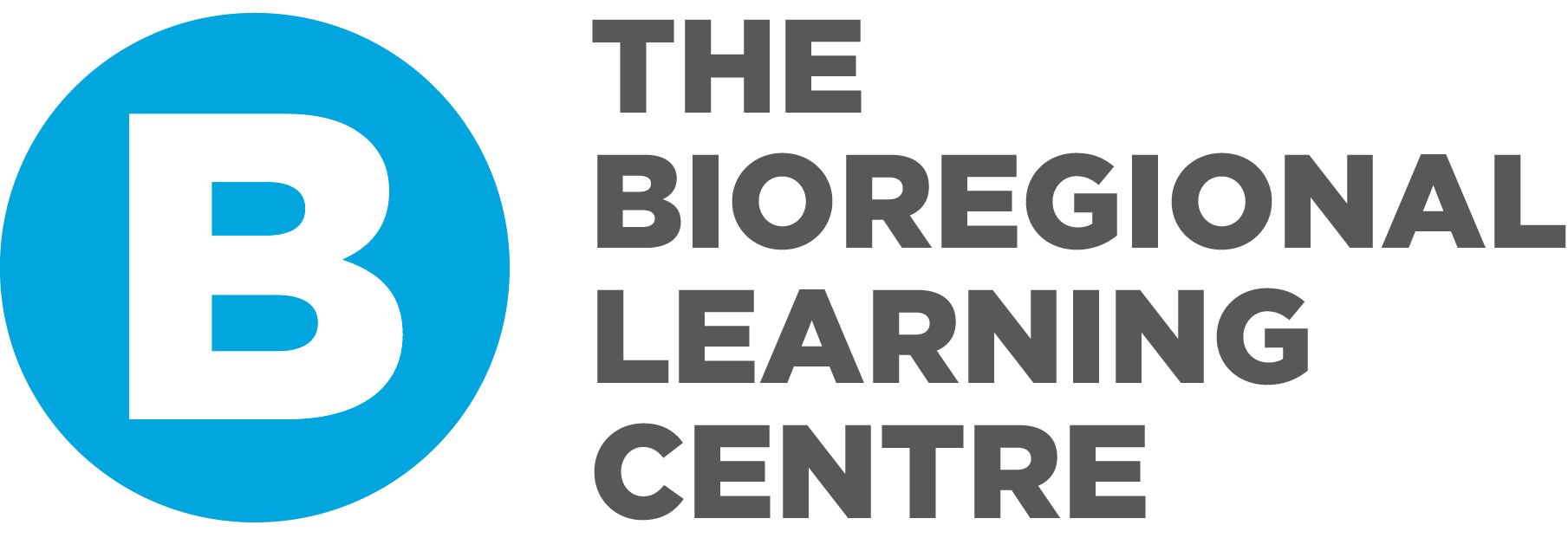Soil
We all depend on soil for clean water, healthy food and biodiverse landscapes. Of all the natural cycles, it is the one we are most connected to; all life returns to the soil. Join us in understanding how we can regenerate this vital common pool resource.
Soil is a living being, and the more micro-organisms it contains the healthier it is and the healthier the creatures… like us…. who feed from it. Topsoil is like gold dust yet all over the world industrial farming practices and chemical fertilisers, pesticides and herbicides have stripped out its ability to regenerate naturally and stripped out the organic matter that holds it together.
Listen to the Fibershed podcast about soil.
Climate change, with heavy rainfall events, makes topsoil loss an urgent issue in South Devon. After downpours our rivers run red with our red soil. We also know that with current farming techniques, there are only 40 harvests left in UK soils and that over 40% of soil in the West Country is degraded. On our 2019 Learning Journey Guy Watson at Riverford (the leading UK organic veg box scheme), told us: “The biggest threats to our food supply are soil loss and unpredictability. Riverford is now retreating from extended growing periods ‘on the shoulder of the season’. We are investing in more irrigation to counter unpredictable rainfall and looking at technology like nimble robots… GPS radically changed the way we farm in France.”
We also paid a visit to Huxham’s Cross Biodynamic Farm and saw how possible it is to regenerate soil in just three years. BLC will continue to showcase best practice in local soil regeneration for the health of our communities and land-based and aquatic eco-systems.
We all live in ‘sheds’, our natural life-support systems. Most of us know what a watershed is: the local geological basin that catches rain and feeds it into streams and rivers for our drinking water, food and eco-system health. A bioregional economy also pays attention to local food sheds, energy sheds, soil sheds and fibre sheds and how they overlap and interact. Re-localising is a key strategy for climate resilience and turns us into stewards of our own resources. Sourcing locally reduces energy and CO2 emissions as well as boosting local economies and livelihoods.

We work in and at the intersection of economy, ecology, learning, arts and culture and the gaps in between.



